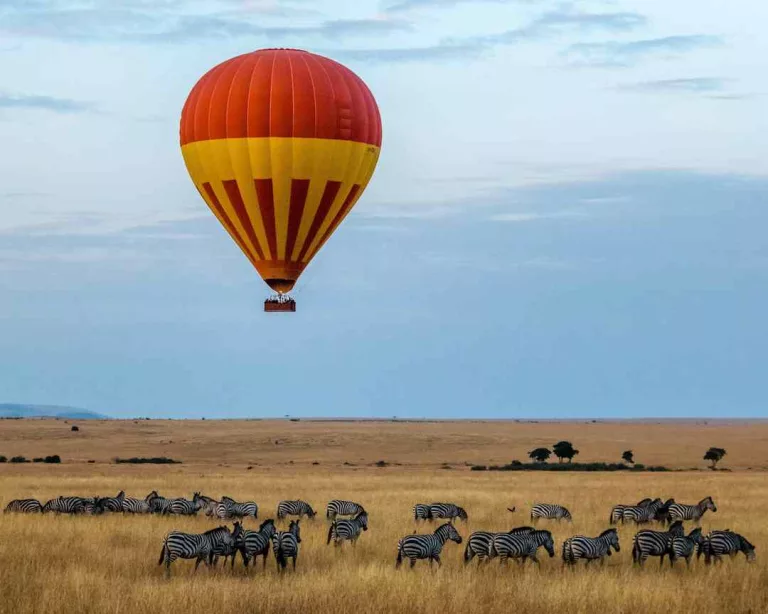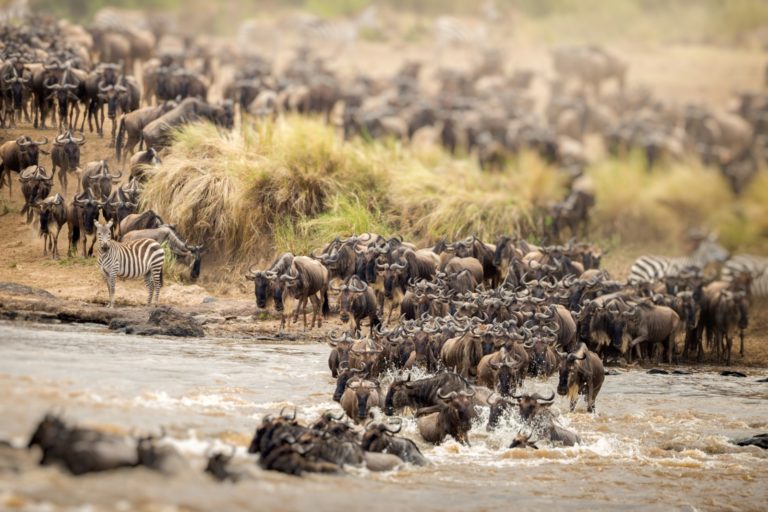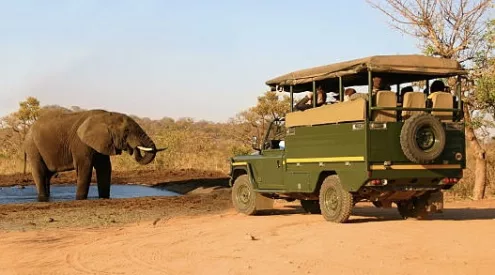The African continent offers many worthwhile and sought-after experiences for nature and wildlife enthusiasts. These include the Great Migration; an awe-inspiring natural phenomena where large herds cross the Serengeti-Mara ecosystem each year.

Picture: sutirta budiman/Unsplash
The ever-moving migration is undoubtedly a sight to behold. You can spot animals in their numbers as they migrate in search of greener pastures. It comes with the thrill of witnessing massive herds crossing rivers and encountering predators in their natural habitat.
If you intend to go and see the Great Migration, here’s what you need to know:
The largest overland mammal migration
The annual movement of wildebeest and other species is the largest of its kind. It consists of huge herds totaling up to 1,5 million wildebeest, over 500 000 zebras and around 200 000 gazelles.

Many kilometers…on the move
The animals travel a distance of up to 800km. Due to the large size of the herds, they have to keep moving for survival. Moreover, they follow the rain as that is where the fresh grass is. Once fresh grass is depleted in a particular place, they have to move to greener pastures.
Where?
The Great Migration flows between Tanzania and Kenya. As the grassy plains of the southern Serengeti begin to dry out, the animals move north in search of sustenance. As such, this thrilling spectacle can be spotted in different parts of the region at different times of the year.
When?
The migration is constantly on the move throughout the year.
January to March
The first quarter of the year normally sees the herds occupying the short-grass plains in the southern Serengeti. This is also where over 400 000 calves are born within a period of two to three weeks.
April to June
Around April, the herds begin to drift northwest towards central Serengeti. This is a great time to watch the migration as the animals move in long lines. In the month of June, each migrating animal must face the challenge of crossing the crocodile infested-river. Towards July, hundreds of thousands of wildebeest and zebra continue to head north towards the Mara River in the north of the Serengeti.
Great Migration River Crossing: Supplied
August to October
By August, the big herds congregate in northern Serengeti and the Masai Mara. In September and October, the main chaos has ended and the migration columns have gradually moved eastward.
November and December
Towards the end of the year, the herds are on the move again making their way towards Grumeti. They may even move south via the eastern, western or central Serengeti.
Follow us on social media for more travel news, inspiration, and guides. You can also tag us to be featured.
TikTok | Instagram | Facebook | Twitter
ALSO READ: Safety Tips for Solo Travellers


















